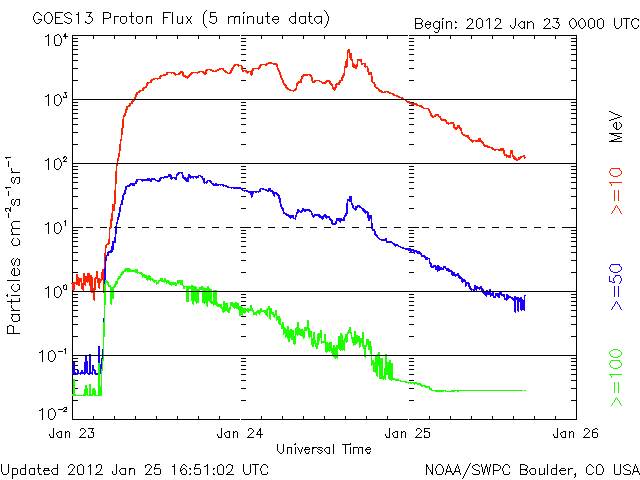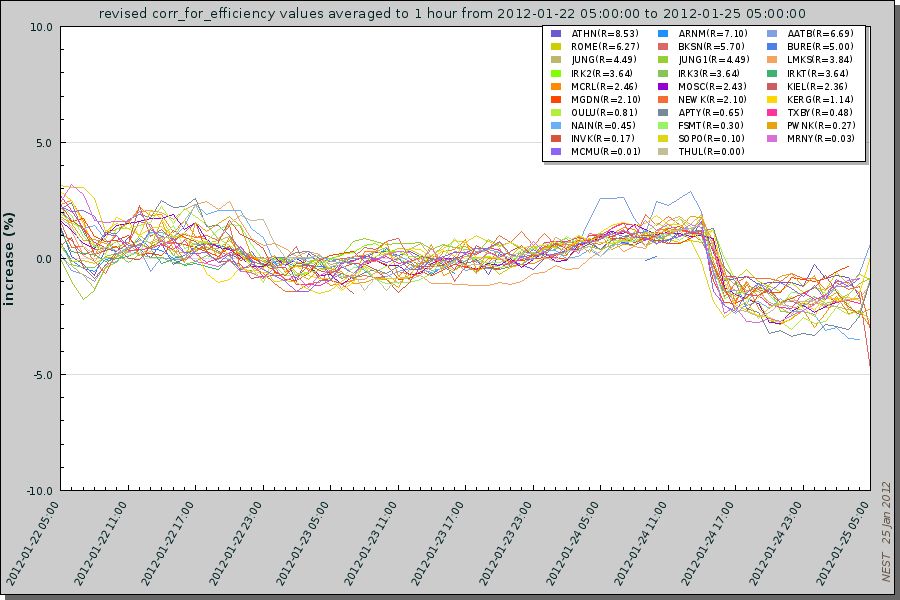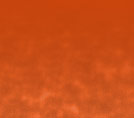|
The solar flare of the century (one more...) On January 23rd, starting 03:38 UT, an M8 class flare occurred in the western solar hemisphere (N28 W38), together with a fast coronal mass ejection (CME). This event was accompanied by a strong enhancement of energetic proton intensities in the Earth's space environment, as measured, e.g., by NOAA's GOES spacecraft (1st Figure below). The intensity attained a maximum of 3000-4000 pfu at energies above 10 MeV near 15 UT and stayed at this level until about 5 UT on January 24th. After a short decrease the intensity rose again to about 6000 pfu. At energies above 100 MeV the intensity decreased since 6 UT on January 23rd. No excess counts were measured by the neutron monitor network (www.nmdb.eu; 2nd Figure below). This shows that the solar event did not accelerate a significant amount of protons to relativistic energies (E>450 MeV). The solar energetic particle event is clearly important. For comparison, the maximum intensities of protons accelerated at the Sun, during the first hours of the flare/CME event, in the large solar particle events of the previous (23rd) activity cycle were 1500 pfu on 2000 July 14, 1700 pfu on 2005 January 20, 2500 pfu on 2003 October 29, and 3000 pfu on 2001 November 4. However, protons accelerated near Earth by the shock wave driven by the coronal mass ejection were much higher in the big particle events of the previous cycle : 24000 pfu (July 14th, 2000), 29500 pfu (October 28th, 2003),... Since 14 UT on January 24th neutron monitors display a decrease of the counts of galactic cosmic rays, which is due to the arrival near Earth of the coronal mass ejection that left the Sun during the January 23 event, and its shock wave ("Forbush decrease"; 2nd figure below). This time corresponds to the late maximum of the proton intensities measured by GOES, especially at the lower energies (in particular in the channel > 10 MeV ; red curve in the first figure). We can now conclude that the proton intensities at the passage of the shock wave at Earth were well below those of the strongest events during activity cycle 23.  Protons measured by GOES (NOAA)  Relativistic protons (galactic cosmic rays) measured by the NMDB network(nest.nmdb.eu) | |






